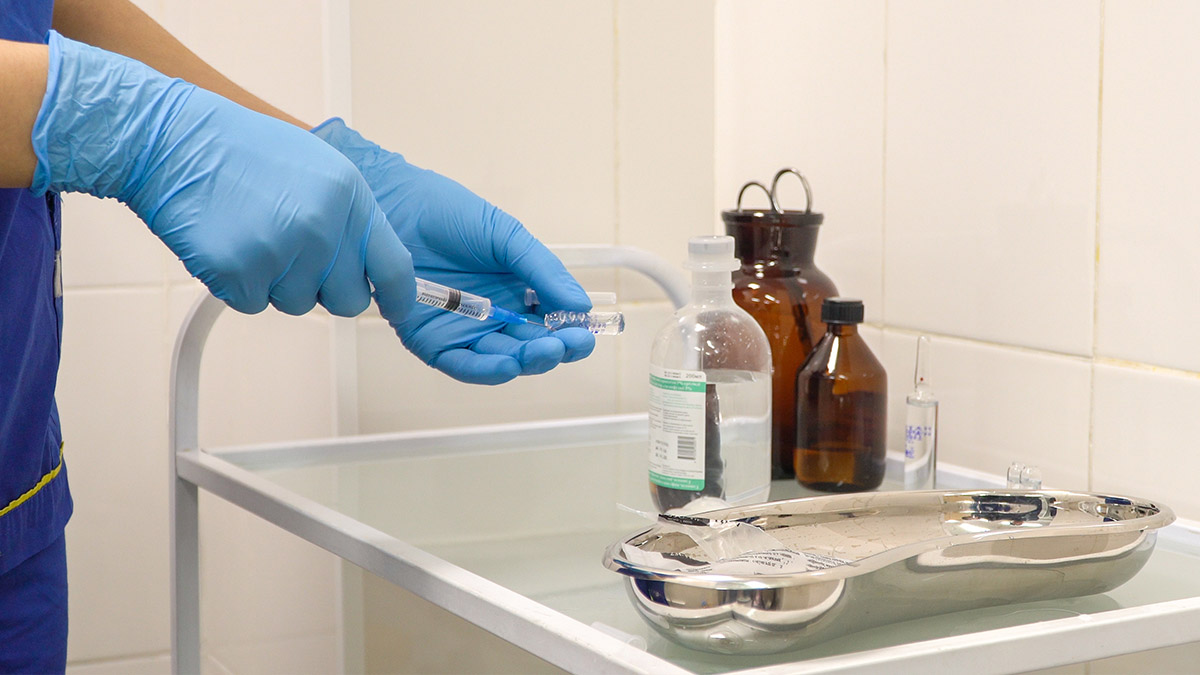Specialty Med Q&A

There is a lot of talk these days about specialty medications – how much they cost, how fast they are growing as a category, and most often, how prescriptions for these therapies can take weeks or even months to fill. With the release of Veradigm AccelRx, a new software solution from Veradigm designed to help streamline the process of specialty medication fulfillment, now is a perfect time to take a step back and walk through the basics of specialty meds and how they are impacting patients and other stakeholders across healthcare.
What are specialty medications?
There is no one universally accepted definition for what qualifies as a “specialty medication.” Generally speaking, a medication is considered “special” and/or “high touch” if it features complex and/or unique characteristics. These characteristics include high cost (typically >$600/month, and often much more), indications to treat rare or complex chronic conditions, requirements for special handling and close monitoring, unique administration (injection or infusion), special assessment of adverse effects, or assessment of response, and also these medications may have limited availability or distribution. Specialty meds are almost exclusively dispensed through specialty pharmacies. In addition, these meds may need to comply with a Risk Evaluation and Mitigation Strategies (REMS) program.1,2
What are limited distribution medications?
Limited distribution meds are only available from a select number of specialty pharmacies and are often mailed to a patient’s residence. Payers and manufacturers may limit distribution to manage cost, ensure appropriate use and even closely track adherence and waste. This process helps to ensure the integrity of the product and allows data to be collected and sent to FDA to monitor for long term safety.1,2
What makes a specialty pharmacy different from other pharmacies?
Although traditional pharmacies dispense some specialty meds, specialty pharmacies are dedicated to dispensing specialty meds via a specific service. They aim to optimize patient care, maximize adherence and cost-effectiveness, and minimize waste. They have highly trained staff that support all steps of the complex dispensing, handling, and patient education needed to assist patients and their providers.1,2 Traditional pharmacies may lack the accreditation, manufacturer or payer contracts, adequate staff, time, finances, and general resources needed to fulfill specialty prescriptions.
What is the REMS program?
REMS is a drug safety program that the FDA can require for medications with safety concerns or a Black Box warning(s) included in their prescribing information to help ensure the benefits of the medication outweigh its risks.3
What is the goal of REMS?
The goal of REMS is to support health care professionals and patients as they weigh the benefits and risks of a drug by making sure they have all necessary information about the medication. Specialty pharmacies help ensure that all dispensing, patient education, and reporting requirements are met. 1,2
References:
1 Specialty Drugs: A Primer for Pharmacists and Technicians Volume 2014, Course No,306 Pharmacist’s Letter
2 FAQs About Specialty Meds Volume March 2016, PL Detail-Document #320310 Pharmacist’s Letter